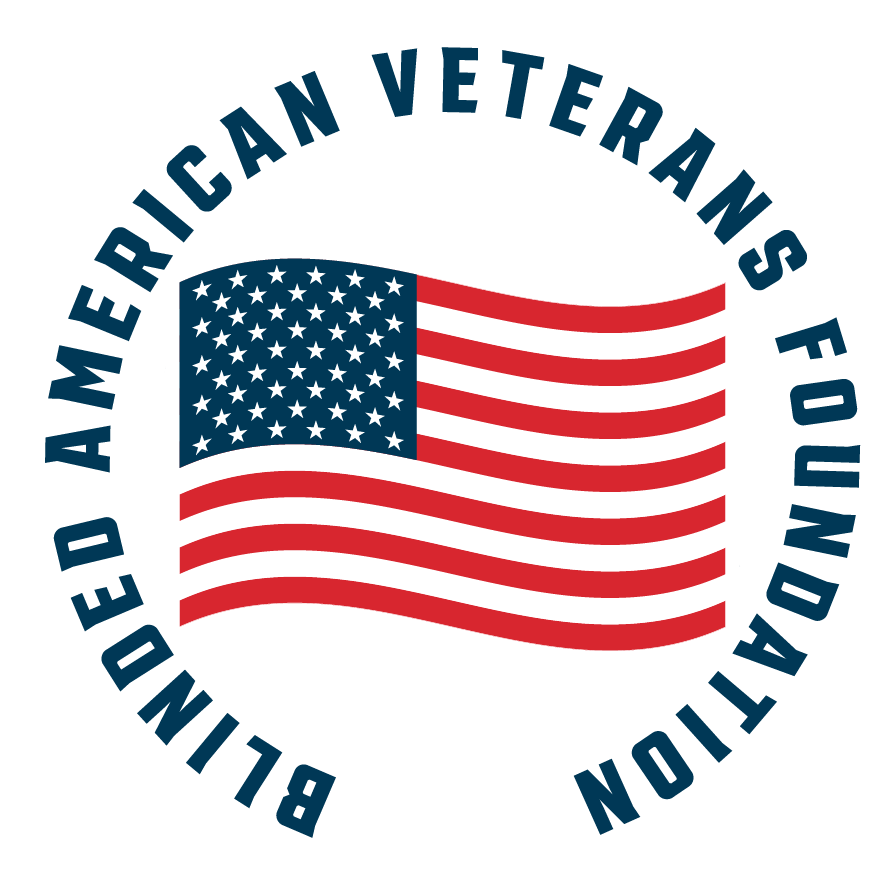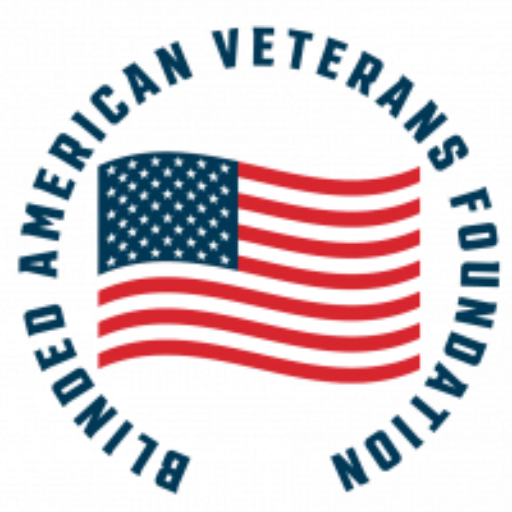History of BAVF
The Blinded American Veterans Foundation was launched in 1985 by three American veterans who lost their sight during service in Korea and Vietnam – John Fales (USMC), Don Garner (USN), and Dennis Wyant (USN).
All had achieved successful careers despite their blindness. But the realization among them that many sensory disabled veterans had not had the opportunities afforded them led to their determination to form the Foundation and pursue its three main goals: Research, Rehabilitation, and Re-employment.
From the beginning, it was determined that the BAVF would not be a membership organization or a substitute for already established veterans service organizations. Instead, the Foundation was designed to become a nationwide focal point and clearinghouse for research, information dissemination, and educational efforts. As a result, BAVF concentrates on:
- Supporting medical research on sensory disabilities, as well as the development of improved sensory prosthetics.
- Outreach programs to further identify issues of personal importance to veterans with sensory disabilities.
- Informational programs directed at state and federal government agencies, the Congress and state legislatures, the private business sector and the general public.
- The development of a nationwide volunteer corps to assist veterans with sensory disabilities.
Since its foundation, the BAVF has made major strides toward achieving its goal of advanced research, improved rehabilitation programs, and wider re-employment opportunities. A few examples of their success:
The Americane, which was developed through R & D grants from the BAVF, has been certified by the Department of Veterans Affairs as a sensory aid and – with the assistance of the Disabled American Veterans’ Blind National Chapter – has given more than 2,500 blinded vets greater mobility and independence.
Thousands of blinded vets have received an audio version of the Veterans Benefits handbook, and many of them for the first time have full awareness of the range of benefits available to them. Copies of the audio disks have also been donated to the Library of Congress and many other public libraries across the nation.
Direct financial grants to Veterans Affairs Medical Centers and Blind Rehabilitation Centers and Clinics have assisted in covering budget shortfalls, improved vital computer training capabilities and assisting visual impairment coordinators – as well as establishing educational trust funds for training VICs.
Additionally, for the first time since the inception for the Blind Rehabilitation Program at the end of the World War II, BAVF funded a nationwide comprehensive survey and analysis of how the program is fairing-its strengths, its weaknesses, and how it may be improved. Most recently, the BAVF conducted a nationwide follow-up study to determine what progress, if any, has been made and to press for further improvement.
These are but a few of the Foundation’s achievements and even fewer of its hopes for the future. But most importantly, the BAVF’s accomplishments, as well as the intent of its founders, have been realized through the selfless efforts of hundreds of volunteers.
At the main entrance of the Department of Veterans Affairs building in Washington, D.C., there are inscribed the words of Abraham Lincoln, taken from his second inaugural address:
“To care for him who shall have borne the Battle and for his widow, and his orphan.”
No other words could more eloquently express the aims of the Blinded American Veterans Foundation. There are not words adequate enough to express the BAVF’s gratitude to the many friends who have helped us along our way.



